China has unveiled a comprehensive guideline aimed at supporting the digital transformation and upgrade of its highways and waterways, as part of broader efforts to modernize the country's transportation infrastructure.
The set of measures, jointly rolled out by the Ministry of Finance and the Ministry of Transport, highlighted the need to leverage existing digital infrastructure and data resources, while maximizing the use of digital technology to spur the development of smart transport and logistics.
The goal is to advance the digital transformation, intelligent response and intelligent support for transportation infrastructure, seeking to enhance the capacity, efficiency, safety and governance of highway and waterway transportation, the plan said.
The plan aims to support around 30 pilot regions in achieving digital transformation and upgrades for approximately 85 percent of "busy" national expressways, 25 percent of "busy" national highways, and 70 percent of key national waterways in the next three years.
Chen Kun, a research fellow with the Transport Planning and Research Institute of the Ministry of Transport, said the guideline has outlined a roadmap for the next three years to advance the digital transformation and intelligent upgrading of highways and waterways.
He explained that the nation is facing the urgent and hefty tasks of upgrading and transforming its highway and waterway infrastructure as "some segments of highways and waterways have reached their capacity limits".
Chen cited official statistics in late 2022 showing that the nation's expressways nearing capacity limits reached about 17,000 kilometers, accounting for about 14 percent of the total length. National roads classed as "busy" account for about 75,000 km, representing approximately 23 percent of the nation's total network.
"There is an urgent need to address efficiency, safety and service issues on these congested roads and important waterway segments through digital transformation and upgrades," he said.
To drive the intelligent expansion of infrastructure, the guideline stressed the need to integrate new technologies such as big data, the Internet of Things, artificial intelligence and the Beidou Navigation Satellite System into transportation infrastructure.
To enhance the efficiency and safety of infrastructure, the government will conduct digital upgrading for safety monitoring, operational control and emergency command systems of transport corridors.
The nation will adopt next-generation information collection and intelligent analysis systems, advance the construction of digital management systems, operational monitoring and warning platforms as well as oversight systems targeting overloaded vehicles.
To further the development of autonomous driving, the guideline stressed the need to deploy smart roadside infrastructure in key road sections, offering differentiated intelligent services such as navigation, event warnings and collaborative assisted driving.








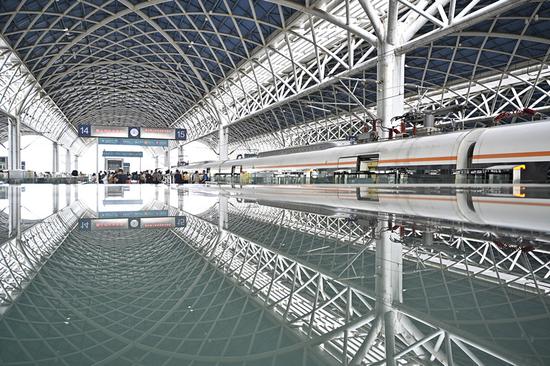







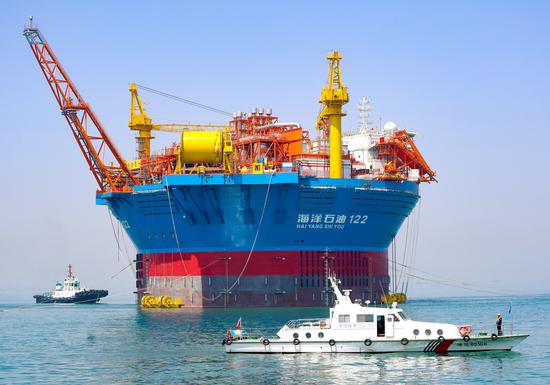
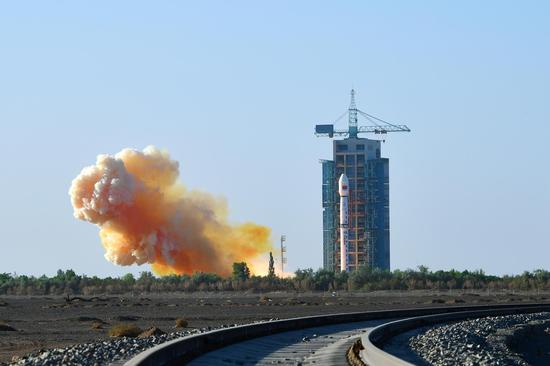
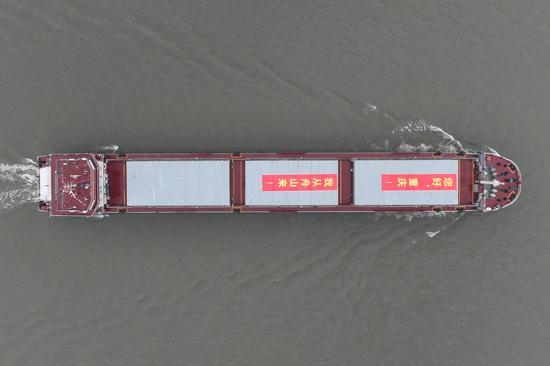


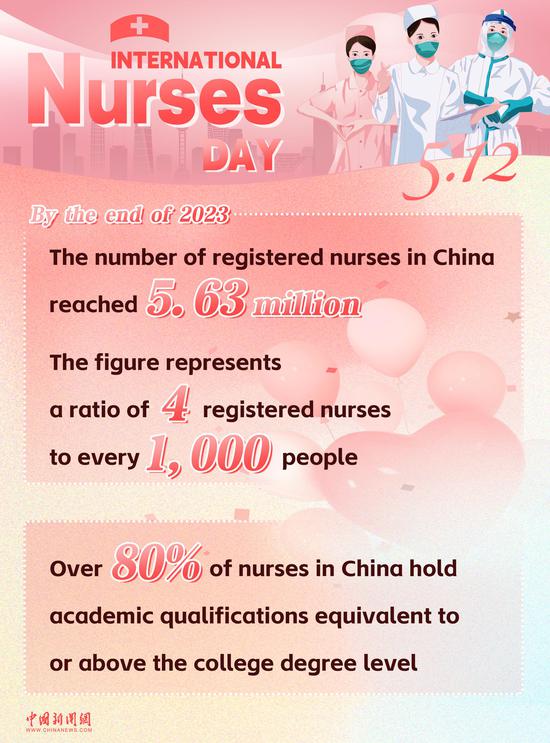



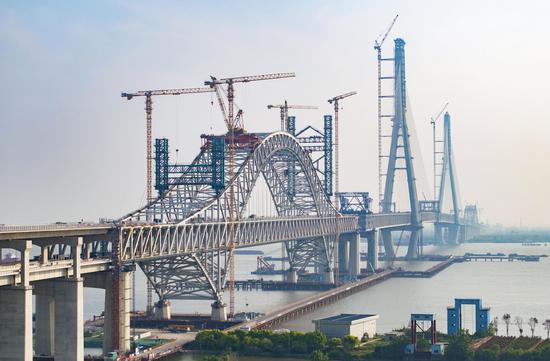

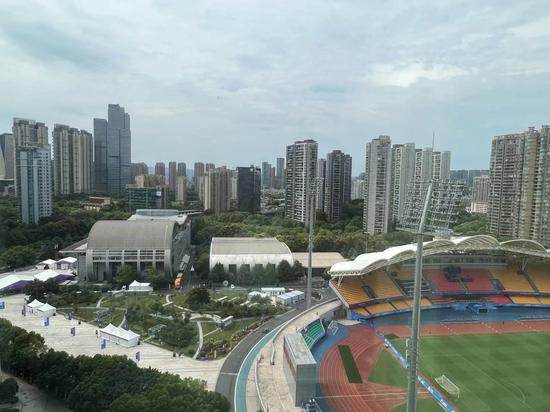




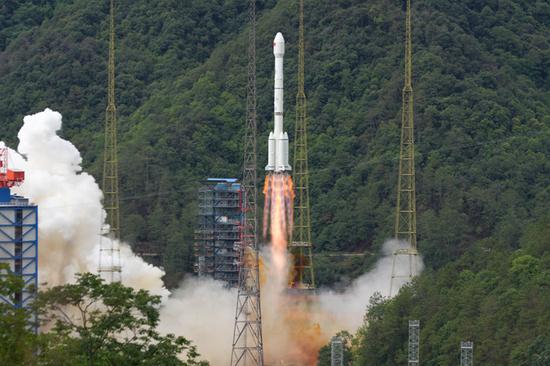

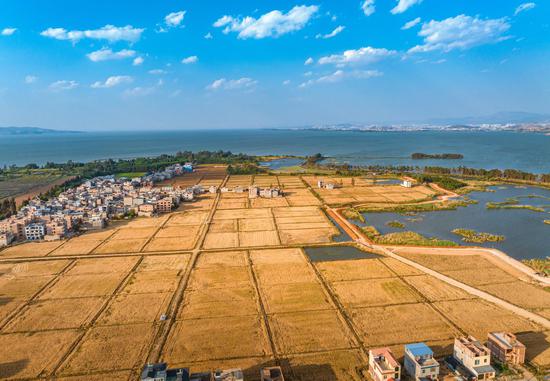


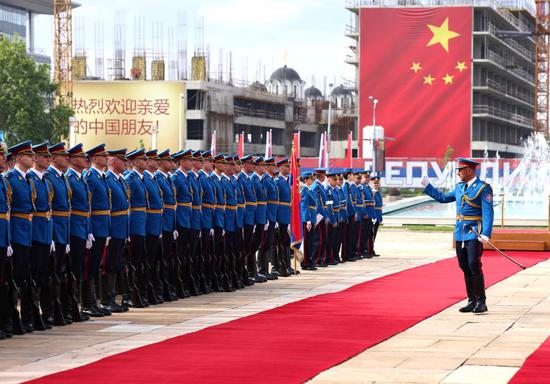
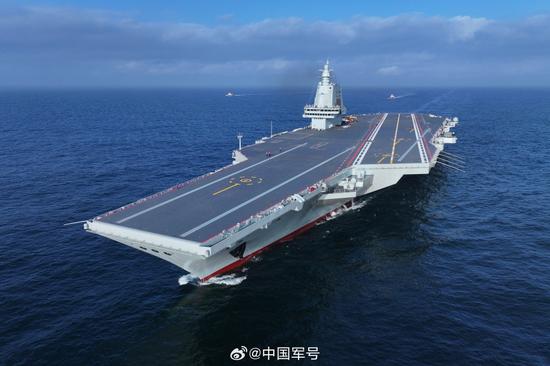

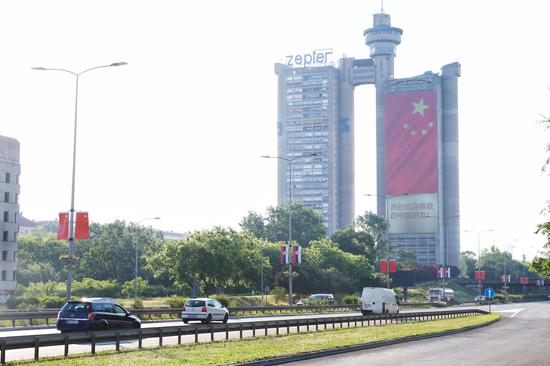


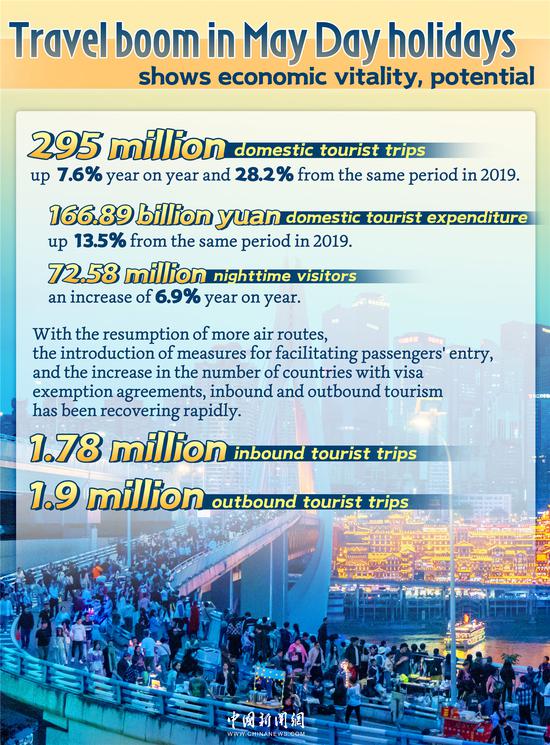
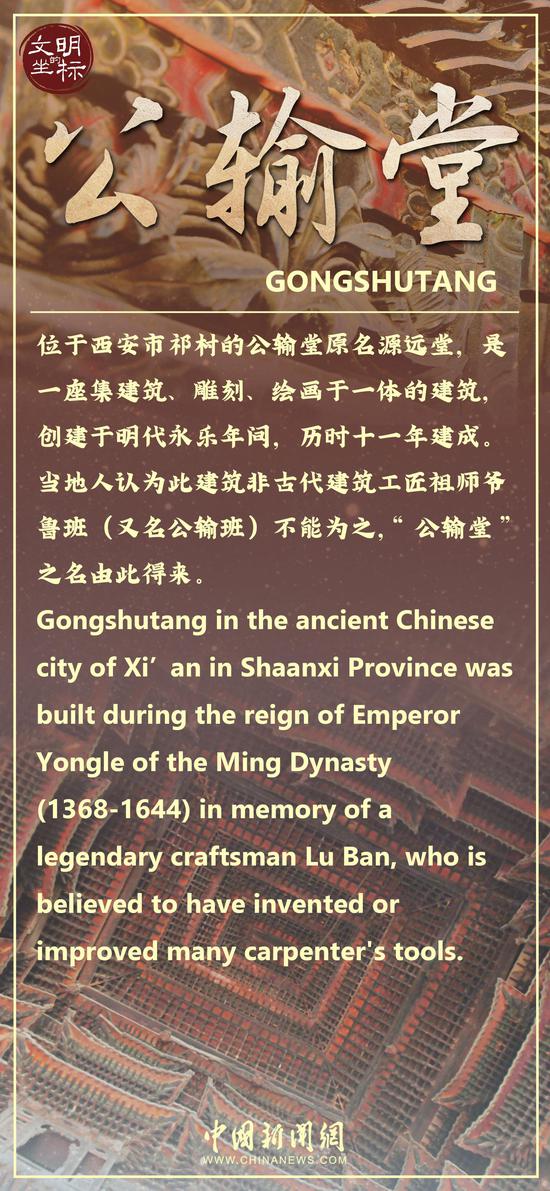





 京公网安备 11010202009201号
京公网安备 11010202009201号